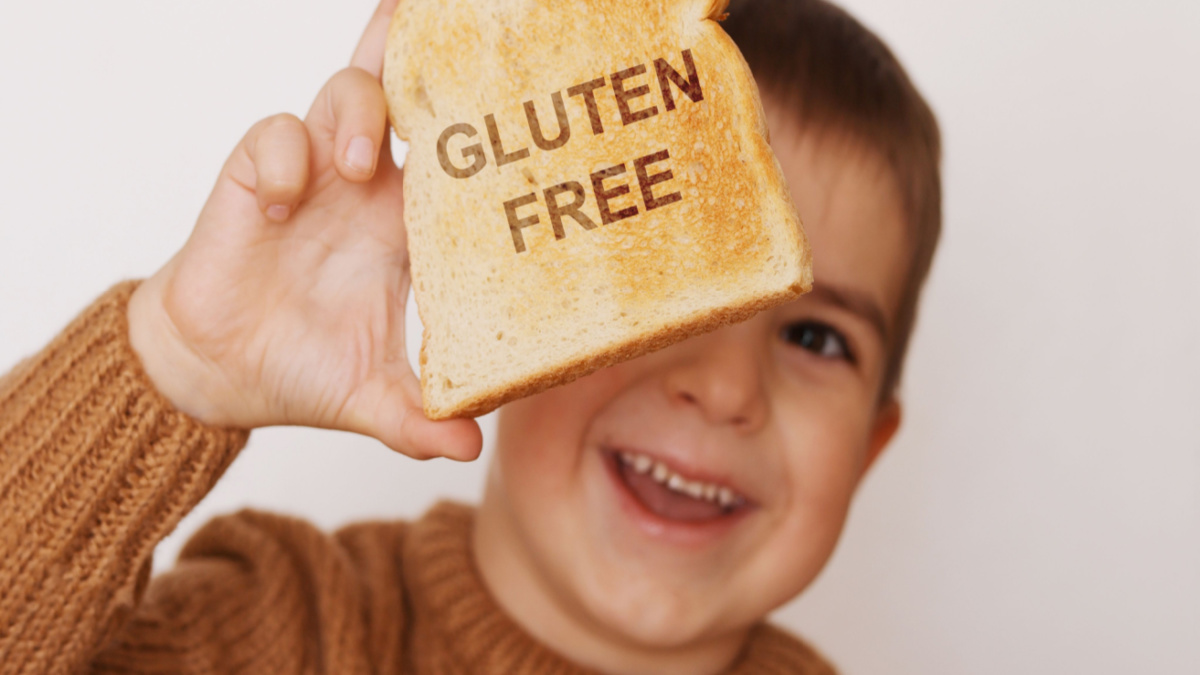Food choices for coeliacs

Food choice is a big part of everyday family life and having a son with coeliac disease makes it a little more challenging, but nothing that can’t be managed. By Alice Sheahan, Communications Executive at safefood.
I’m a mum of three happy, healthy boys. My oldest son Daniel (now 12) was diagnosed with coeliac disease when he was three. Although his symptoms were mild, he was diagnosed as being severely coeliac. I think Daniel’s early diagnosis has meant we could control his gluten eating habits from a young age. It also meant that he had become accustomed to eating gluten-free food, so it’s part of his normal diet.
This, I feel, is easier than getting a diagnosis as a teen or adult when transforming to a gluten-free diet might be more of a challenge. Regardless it is important that if you suspect your child or teen is coeliac, you get a proper medical diagnosis.
When Daniel was younger, one of the biggest challenges was birthday parties as few play / activity centres offered gluten-free options. It always took a little extra planning on these occasions to provide “fun” gluten-free food that allowed Daniel feel included in the party feast.
Similarly going on holidays meant checking the availability of gluten-free foods wherever we were staying. We often brought some food with us!
Thankfully a lot more food facilities now offer gluten-free options (at home and abroad) and the range of gluten-free foods in the supermarket makes it so much easier to provide healthy nutritious meals at home. The Coeliac Society of Ireland publishes a list of over 7,000 gluten-free food products available in Ireland which is available to its members.
There are real medical and health issues to monitor when you are a coeliac. Absorbing nutrients can be an issue for coeliacs as the mucosa (lining) of their small intestine is damaged by gluten in food. Daniel has a blood test every 12 months to check the levels of antibodies in the blood that indicate an immune reaction to gluten, to check for any nutritional deficiencies, and to ensure he is within the correct weight range for his age and height.
I’d also advise parents to check the sugar content in gluten-free foods as it can be high which isn’t good for teeth or general health.
Now that Daniel is 12, he is taking more responsibility for his own food choices. This means he has to check ingredients lists on food labels for gluten-containing ingredients (wheat, rye, barley, malt, etc.). He also knows to check the allergens highlighted in bold text, to look out for “may contain” or “free-from” phrases, to ask about gluten-free options when he is eating out without us, and to be aware of cross contamination of foods with gluten.
While it mightn’t be easy for your child to always choose the gluten-free option, I feel that they are more likely to do so if they understand how important it is for their bodies to absorb nutrients for their energy levels and general wellbeing. I found involving Daniel in our weekly shop has been a good way of teaching him how to explore gluten-free meal options to prepare him for when he starts cooking for himself as a young adult.
There is a wide range of gluten free foods products available now but, as a recent safefood report highlighted, these foods are expensive and as appetites grow so does the shopping bill. I think it’s a good idea to keep your gluten free shopping receipts so you can claim back tax. Some supermarkets even provide a cost breakdown for gluten-free food items. Another tip that may help is to explore the wide variety of naturally gluten free foods that you can include in your menu, such as fresh fruit, vegetables, potatoes, eggs, and unprocessed meats.




